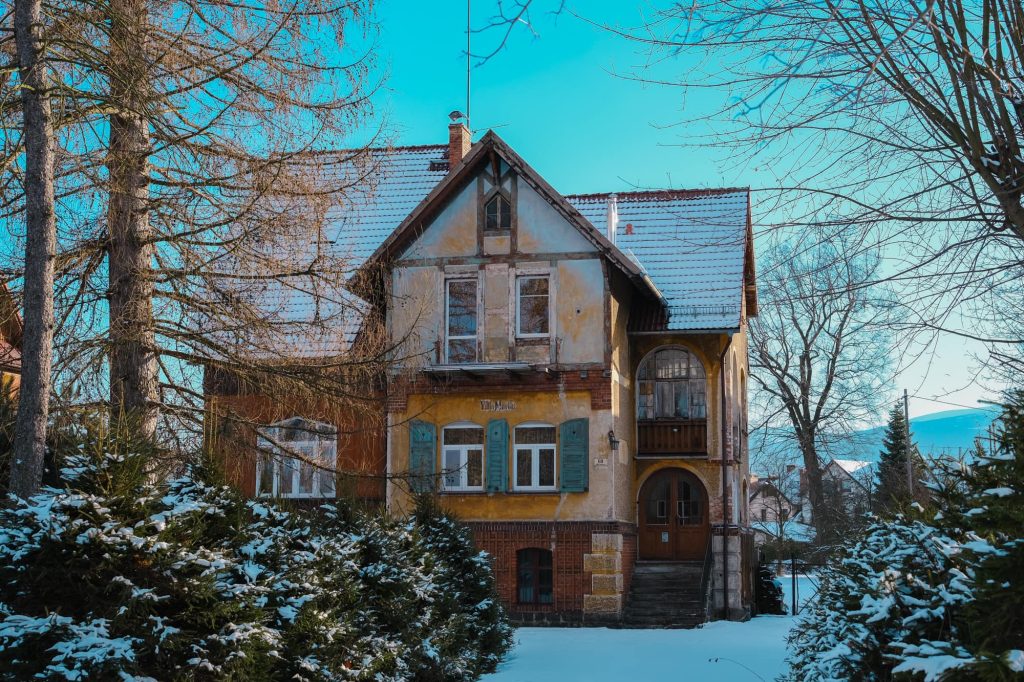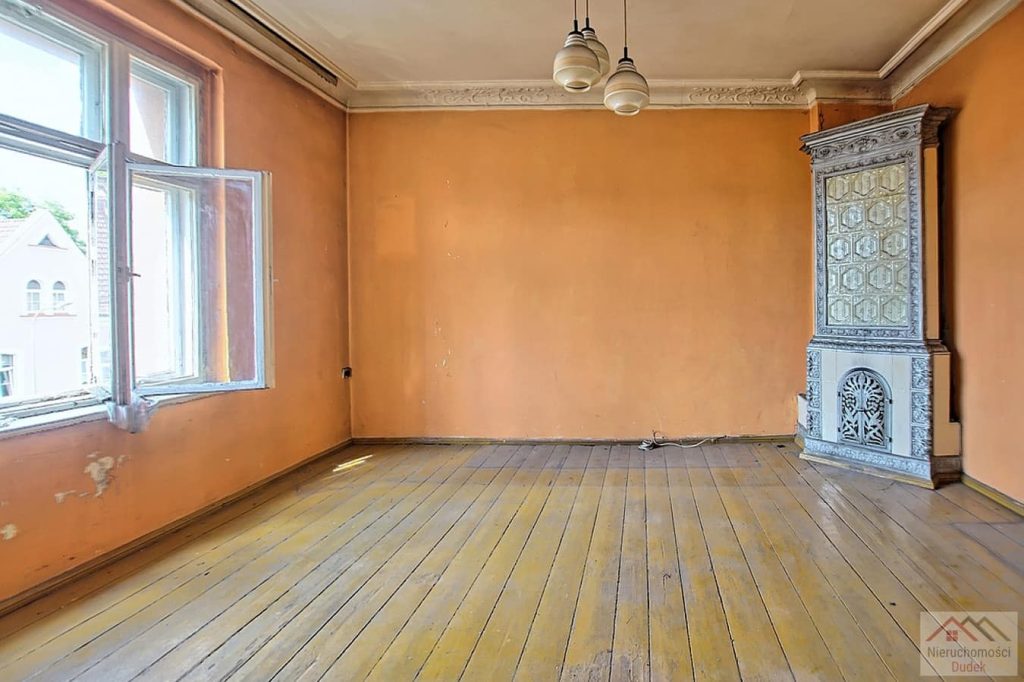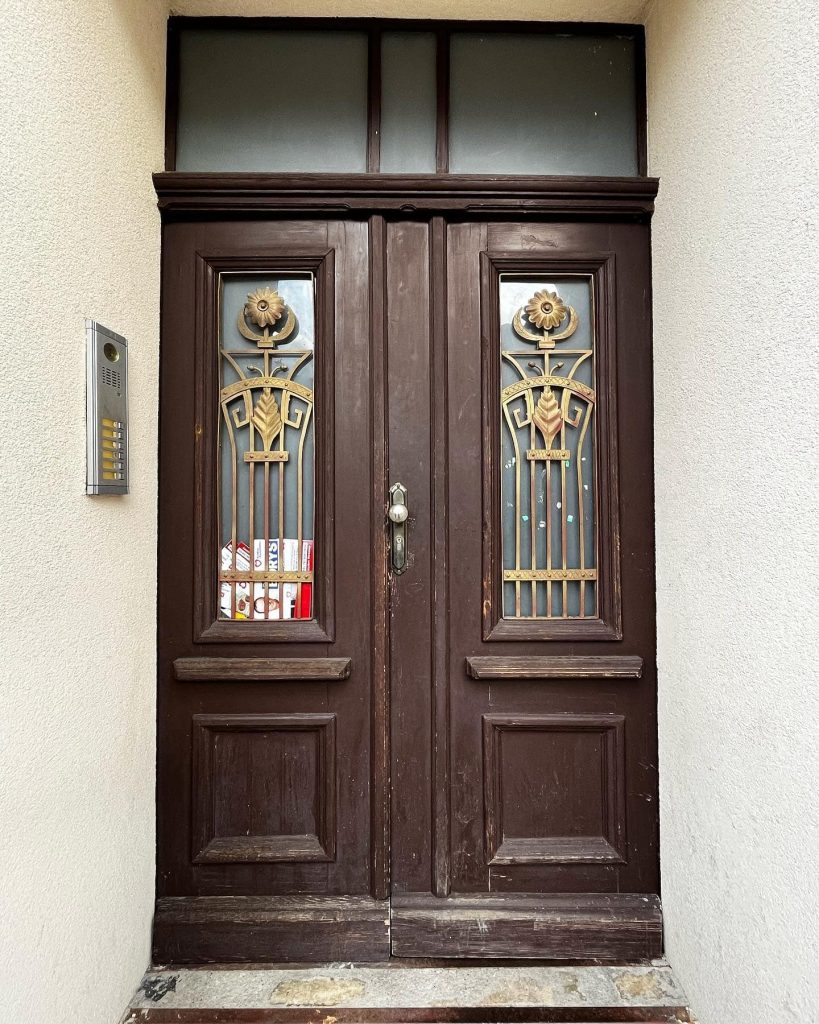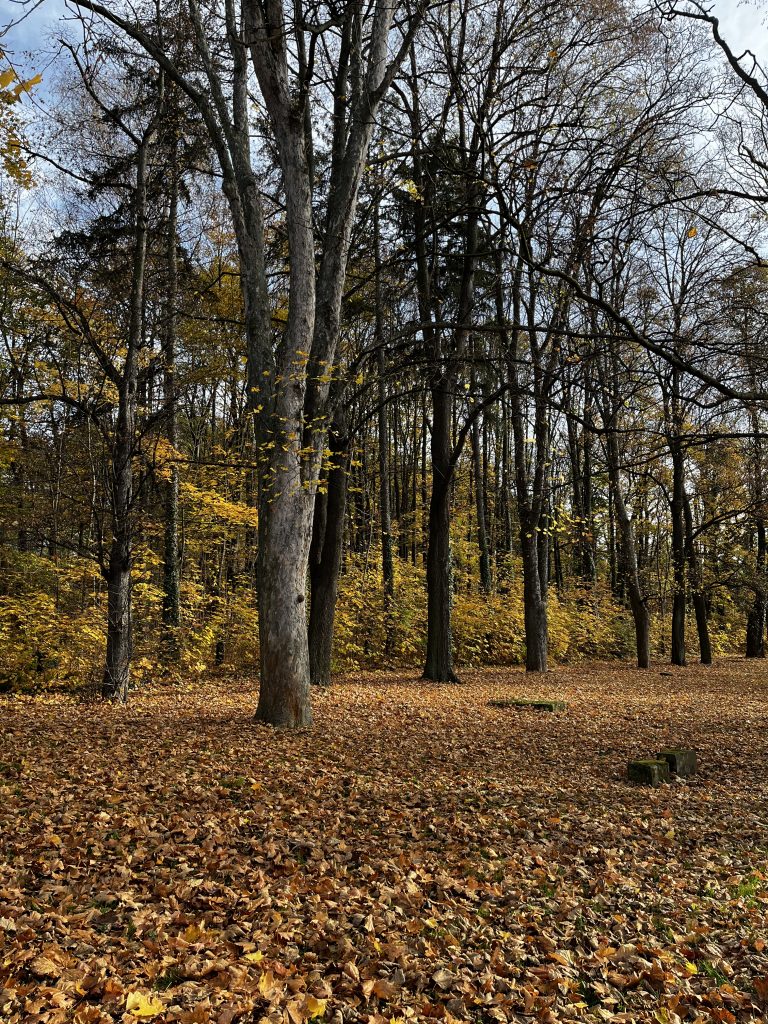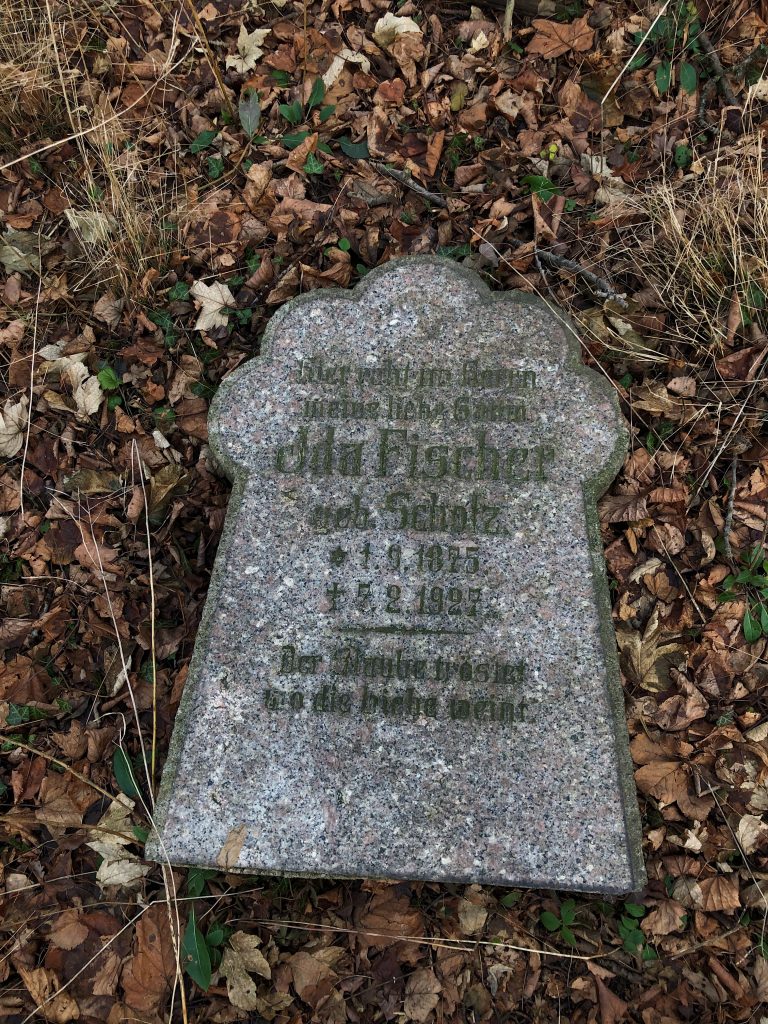
Exploring Jewish Cemeteries in Poland: Clues Hidden in Tombstones
Among descendants of Polish Jews, the path to family history is paved not only with archives or DNA. Jewish cemeteries in Poland are often overlooked in family history research, yet they















